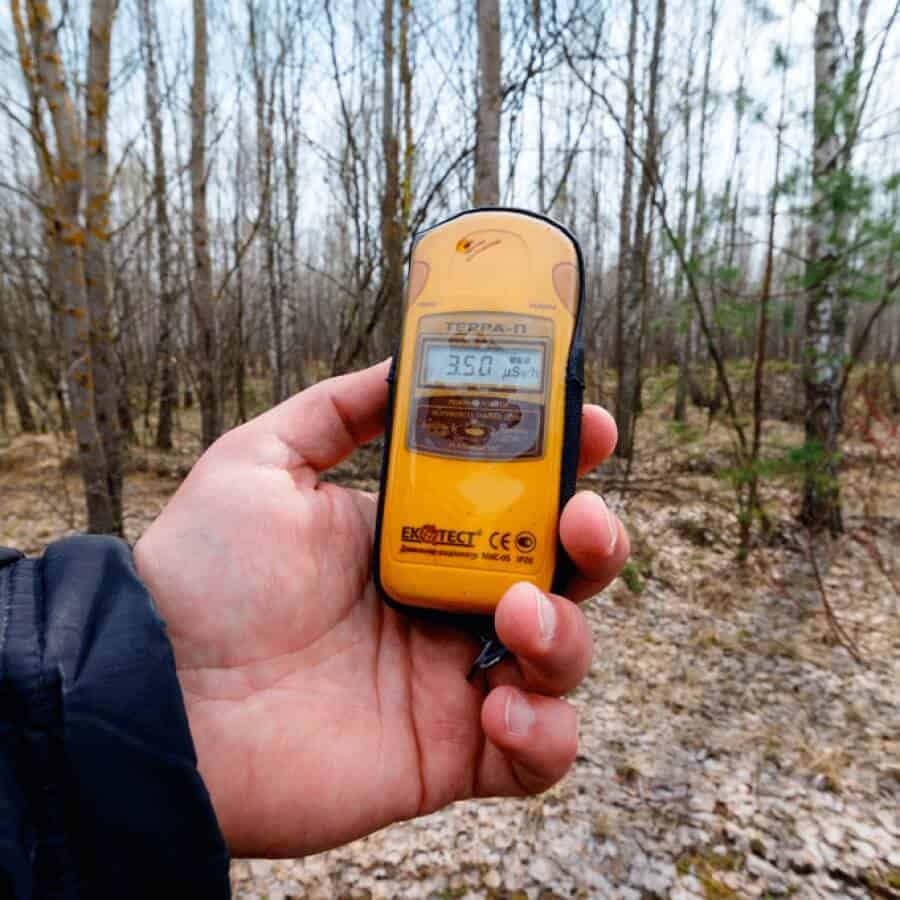Today we break new ground by introducing places which not only are not recommended for tourists, but most travelers wouldn't dare set foot on them. Why? Because each and every one is dangerous in its own way. Check them out.
Ilha da Queimada Grande, Brazil
This tiny island off the coast of Brazil does not have human inhabitants. What it does have, is snakes: 1 – 5 snakes for every square meter on the island, which by itself is sufficient reason to stay away. Not only that, it is forbidden to visit the island for exactly this reason.
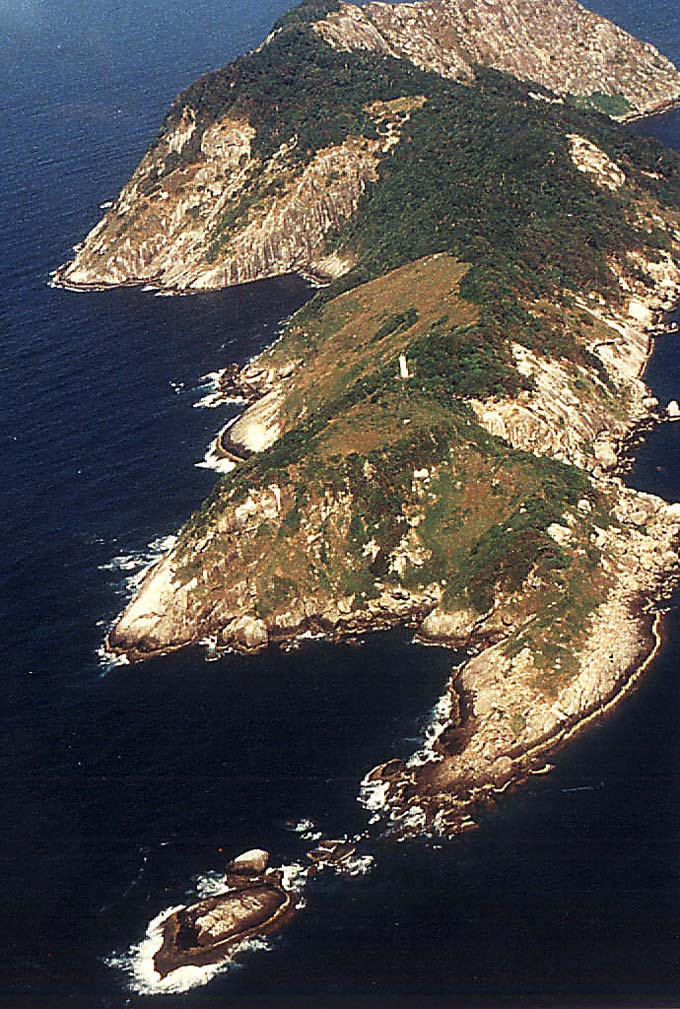
Ilha da Queimada Grande, Brazil / Photo: Prefeitura Municipal Itanhaém

Snakes in Ilha da Queimada Grande, Brazil / Photo: Shutterstock
Valley of Death, Kamchatka, Russia
What can we add? The name of the place says it all. Kamchatka’s Valley of Death is a harsh environment of natural phenomenona that give scant odds of living.
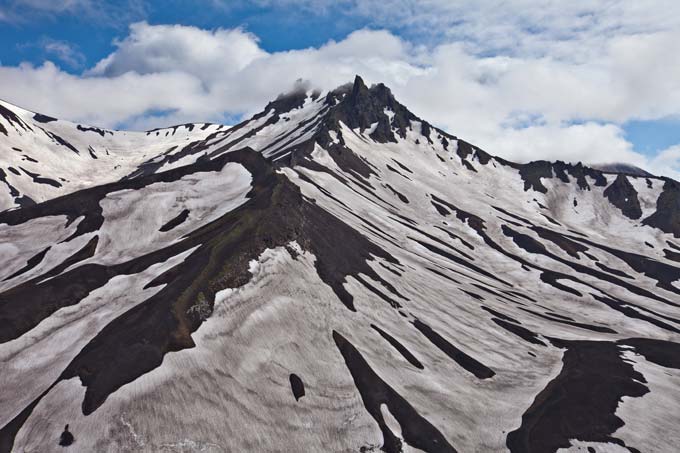
Death Valley, Kamchatka, Russia / Photo: Shutterstock
Bikini Atoll, the Marshall Islands
The USA completed multiple nuclear tests at this atoll from 1946 through 1958. The native inhabitants were relocated to other islands, believing they would soon come back to their homes. Nevertheless, even though some returned in the ‘70s, those who came back learned that the radioactivity remaining from the years of nuclear testing remained at very dangerous levels.
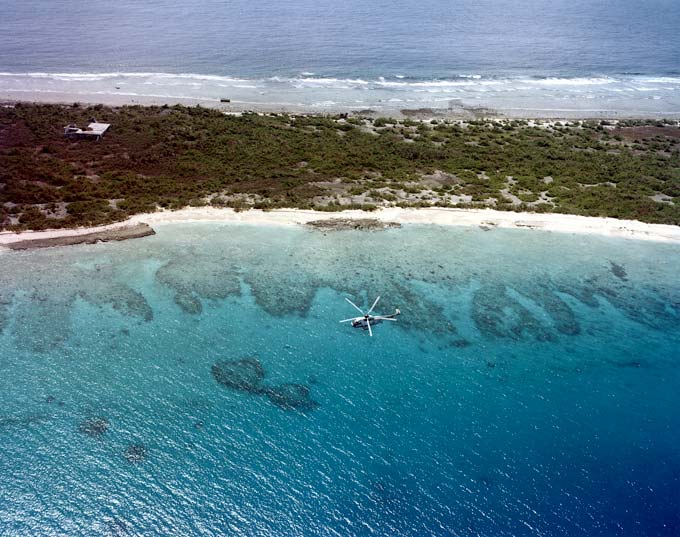
Bikini Atoll, The Marshall Islands / Photo: U.S. Department of Energy
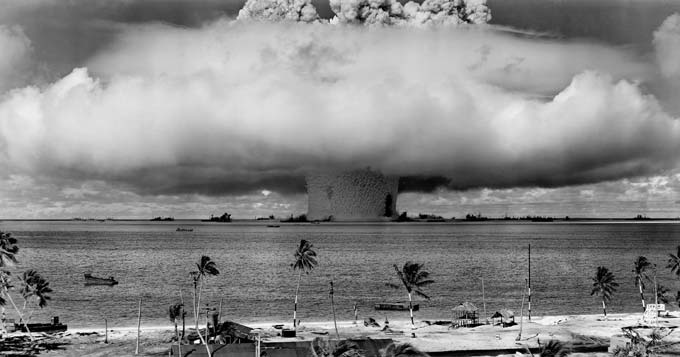
The BAKER test of Operation Crossroads at the Marshall Islands, July 25, 1946 / Photo: Shutterstock
Mount Washington, USA
The slogan of the Mount Washington Observatory – “Home of the World’s Worst Weather” – says it all. Recorded lows at Mount Washington have reached minus-47 C, and the station clocked a windspeed of 372 km/h in 1934.
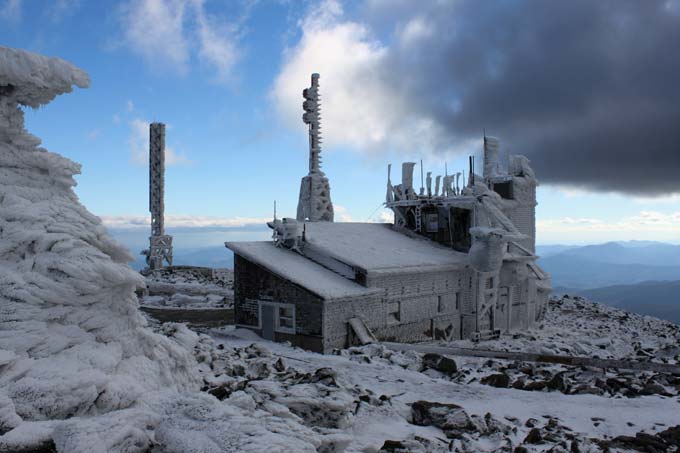
Mount Washington, USA – an extreme weather / Photo: Shutterstock
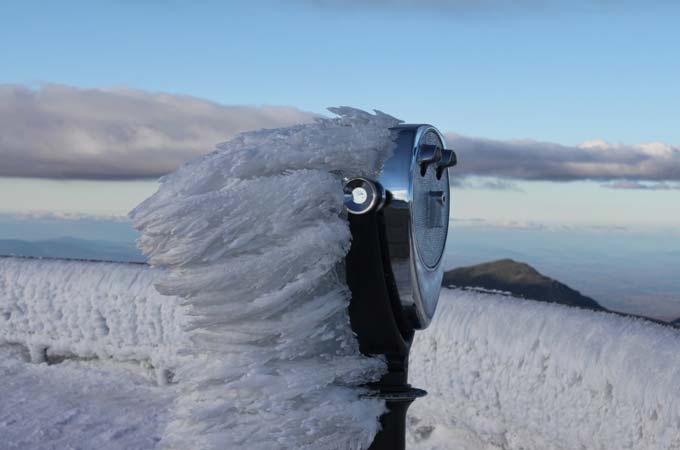
Mount Washington, USA – an extreme weather, detail / Photo: Shutterstock
Death Valley, USA
And there is another Death Valley, this one in California. Compared to the previous place, with its extremely low temperatures, the Californian Death Valley is characterised by a hot, dry desert climate with record heat over 50 C.
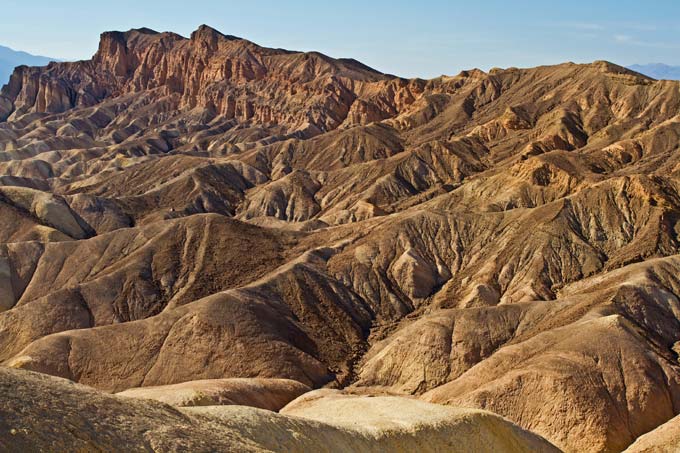
Zabriskie Point, Death Valley National Park, California, USA / Photo: Shutterstock
Chernobyl, Ukraine
It has been 31 years since the nuclear accident at the Chernobyl Nuclear Power Plant near the town of Pripyat, which led to a rapid evacuation of hundreds of thousands of people who lived in the vicinity of the plant. Many of them didn´t know about the strong radiation they had been exposed to. The radiation caused several immediate deaths by acute radiation syndrome, while many thousands were later affected by thyroid cancer or other malignancies. The zone around Pripyat turned into a forbidden zone, and remained so for years. Over the last few years, a few hundred people have decided to return to their homes, even though radioactivity is still high.
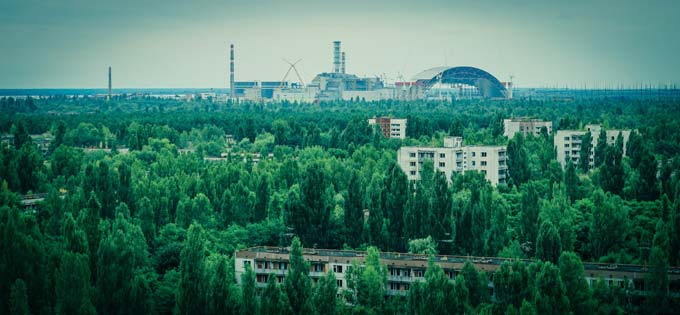
City of Pripyat, Chernobyl Ukraine / Photo: Shutterstock
Vozrozhdeniya Island, Kazakhstan/Uzbekistan
Notoriously a testing place for bioweapons, in the ‘70s Vozrozhdeniya experienced an accident in which weaponized smallpox infected ten people, of whom three died. Testing on the island also included anthrax spores and bubonic plague bacilli.
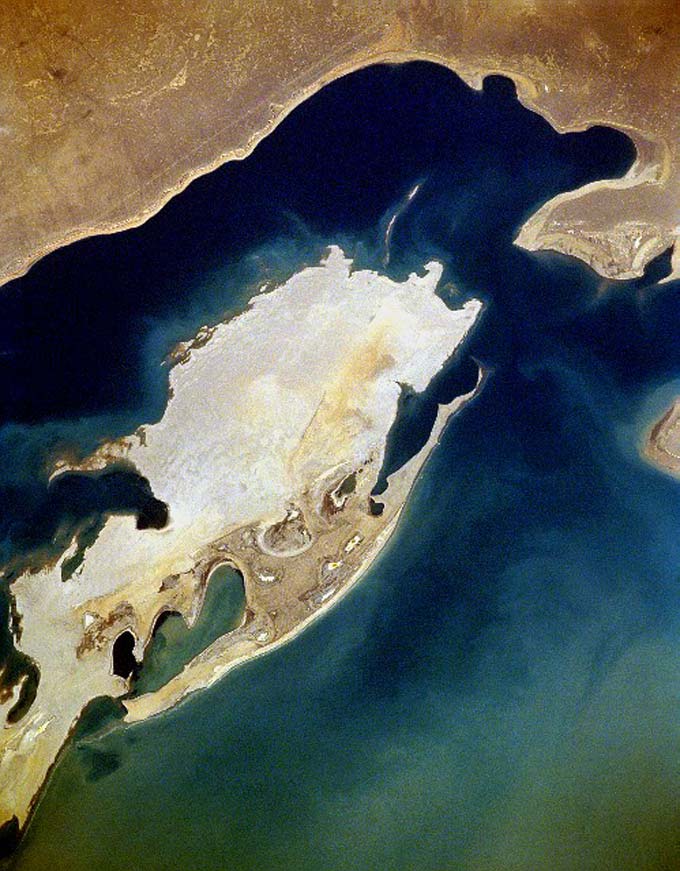
Vozrozhdeniya Island / Photo: Wikipedia
Support us!
All your donations will be used to pay the magazine’s journalists and to support the ongoing costs of maintaining the site.
Share this post
Interested in co-operating with us?
We are open to co-operation from writers and businesses alike. You can reach us on our email at [email protected]/[email protected] and we will get back to you as quick as we can.
